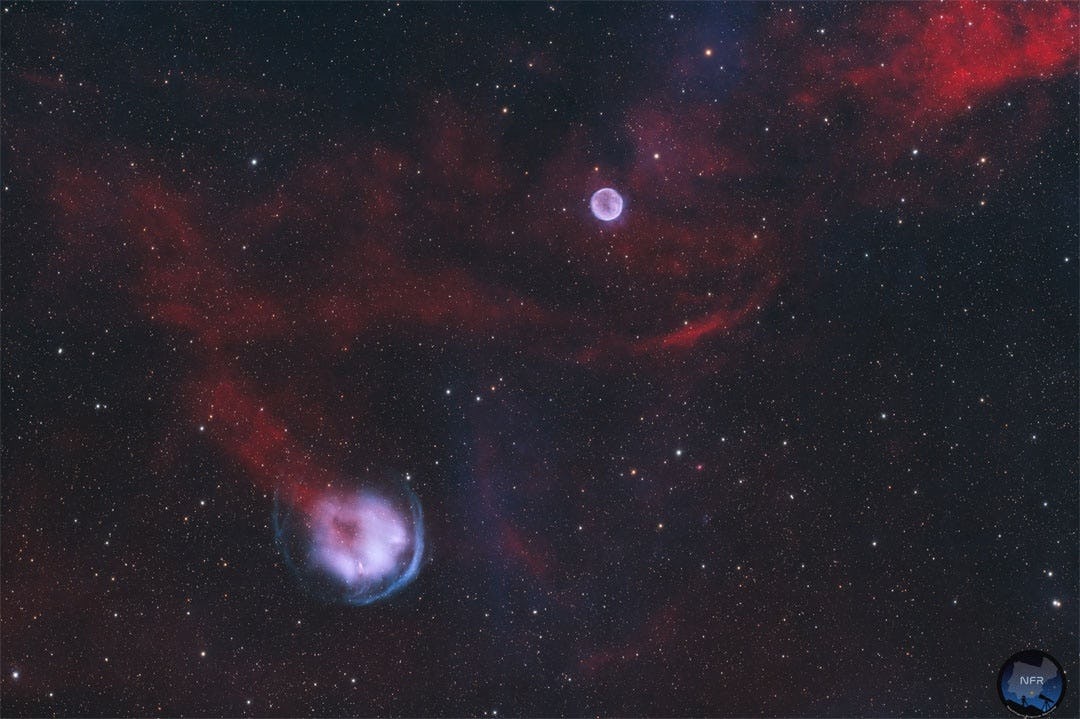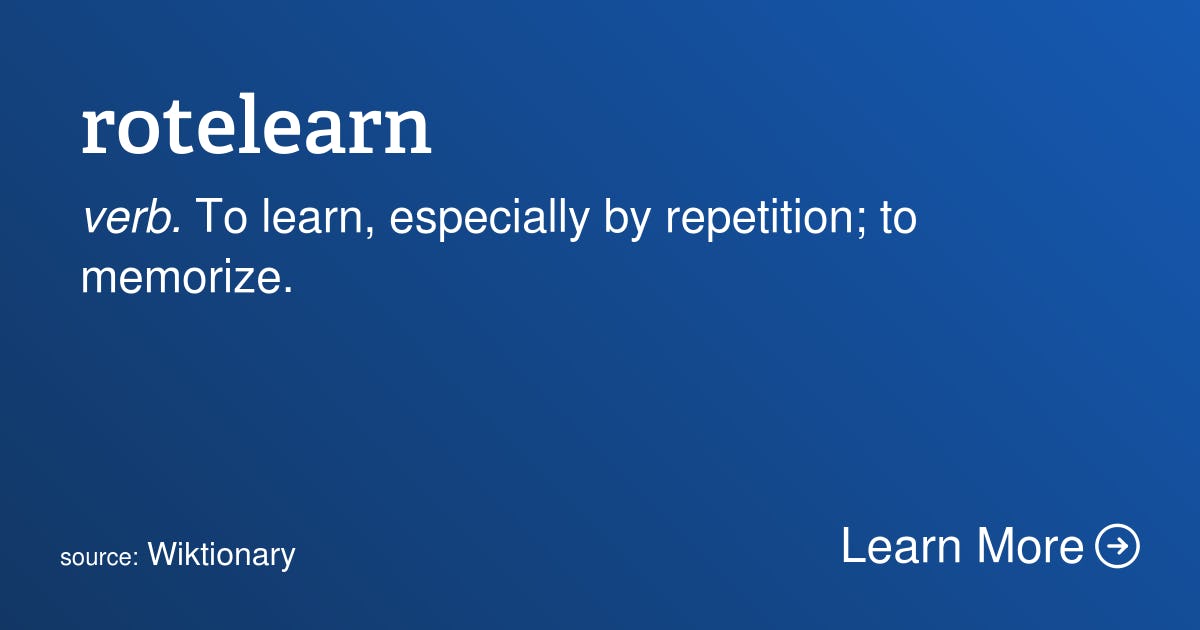Mist to rain,
as I drive alone.
Overcast clouds,
set a dreary tone.
Public Posts Bellevue, WA Bellevue, WA (zoom)
Of all the notes, I've read,
there are few I retain,
except for words Pirates say,
when on the bounding main.
Sailing the Seven Seas
and Oceans in between.
Exciting for a farm boy,
who barely was a teen.
Deceitful days,
Deceitful nights,
or other lies to tell,
before love takes flight.
What lies we say,
to the opposite sex,
before "I love you",
Plurimus unum, Rex.
Forlorn, she sat,
alone, with her memories,
recalling her lost love,
and the finalities.
NASA Astronomy Picture of the Day:
Planetary nebulae like Heckathorn-Fesen-Gull 1 (HFG1) and Abell 6 in the constellation Cassiopeia are remnants from the last phase of a medium sized star like our Sun. In spite of their shapes, planetary nebulae have nothing in common with actual planets. Located in the bottom left part of the featured photo, HFG1 was created by the binary star system V664 Cas, which consists of a white dwarf star and a red giant star. Both stars orbit their center of mass over about half an Earth day. Traveling with the entire nebula at a speed about 300 times faster than the fastest train on Earth, V664 Cas generates a bluish arc shaped shock wave. The wave interacts most strongly with the surrounding interstellar medium in the areas where the arc is brightest. After roughly 10,000 years, planetary nebulae become invisible due to a lack of ultraviolet light being emitted by the stars that create them. Displaying beautiful shapes and structures, planetary nebulae are highly desired objects for astrophotographers.
Photo by Julien Cadena & Mickael Coulon; Text: Natalia Lewandowska (SUNY Oswego)
Sprint through my body and my soul.
Here I sit , a good example of an old fool
An uncharted flaw,
of an ego in need,
to humble itself,
with a mental feed.
Is it too early,
or too late to do?
I believe the decision,
rests solely on you.
I dream of golden flowers,
marked with summer rays,
mottled with the shadows,
from trees in one array.
Why must we wait,
until the spring has sprung,
when we could still have flowers,
of Primrose, and Hyacinths, young?
A reprint of a writing in 11/19/2020
I hope this will prompt me to write
more of beautiful things and less
of sadness. For viewing. Thank you
My emotions,
rage against me.
I will not pretend,
yet here I be.
Happiness and contentment,
I had many years.
Those feelings aren't present,
and these are my fears.
Forlorn is a condition,
I'm feeling right now.
Wanting to talk with someone,
but not knowing how.
I hesitate to show
interest in someone,
I do not wish to promote,
a false promise to anyone.
An emotional ride,
elation to bust.
Why must I hide,
emotions I trust.
I am a man,
who falls in love,
at the merest affection,
or attraction, above.
I'm not a child,
but a grown man,
with many emotions,
hard to understand.
Is it wrong,
to still love someone,
when you find
another one?
One more loss,
with little gain.
Return to sadness,
hard to explain.
To gain a friend,
who goes away,
is more complex,
than another day.
Time flies at this time.
More than normal,
which in of itself is
casual not formal.








.jpg?fit=crop&w=280&h=280&q=93)











 - Copy.jpg?fit=crop&w=280&h=280&q=93)














